Learning content:
In the past five decades more than 550 humans ventured into space, most of them into
the low-Earth orbit and a few of them even to the Moon using different vehicles. The
astronauts performed experiments, were part of experiments themselves, built
infrastructure, and even repaired them in space. According to many international
exploration roadmaps, the future of human space flight is seen in the establishment of
planetary outposts and habitats on the Moon and Mars.
Sustained human presence in space is challenging and requires a large number of
technologies to maintain environment control, to provide water, oxygen, food and to
keep astronauts healthy and psychologically fit. Currently physical/chemical life
support systems and regular resupply missions represent the back-bone of each life
support system. In the future, bio-regenerative life support systems and principles such
as algae reactors and higher plant cultivation in conjunction with in-situ resources and
advanced manufacturing methods will initially reduce and ultimately eliminate basic
consumables from the logistics chain. Minimizing this need for resupply while ensuring
human safety will allow astronauts to travel further and stay longer in space than ever
before.
Interconnecting different technologies into life support architectures is a complex task
and many requirements need to be fulfilled in order to guarantee the survival of the
astronauts. Already today, astronauts and scientists experiment how working and
living conditions on a planetary surface can be simulated. During analogue- and
isolation studies on Earth in extreme environments, such as deserts, polar regions,
and caves, essential knowledge in the operation of new technologies can be gained.
Outcome:
Students gain knowledge in:
• History of human spaceflight (Animals in space, Mercury, Gemini, Apollo,
Salyut, Spacelab, Mir, Space Shuttle, ISS, Tiangong, Artemis, Musk, Moon
Village, Space tourism)
• Life support systems (human requirements, life support functions, physical�chemical technologies, bio-regenerative technologies, fire safety, technology
trade-offs with ESM)
• Life support architectures (ISS ECLSS, closed-loop systems, resupply strategies,
exemplary calculations/diagrams, simulation)
• Analogue and isolation studies (Bios-3, Biosphere, CEEF, Lunar Palace, Hi-Seas,
MDRS, CAVES, NEEMO, Concordia/Antarctica, EDEN ISS, Mars500)
• Habitat design/space architecture
• ISRU (prospecting, excavating, processing, manufacturing, interconnections
with ECLSS)
• Resupply vs. advanced in-situ manufacturing
• Space suits and EVA
• Astronaut selection and training
• Humans in Space (human factors, physiology, space medicine, issues in micro�or low gravity)
• International programmatic roadmaps on human exploratio

